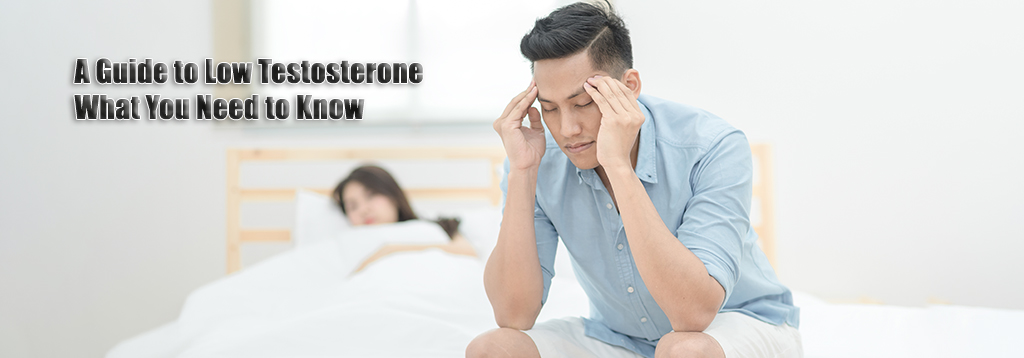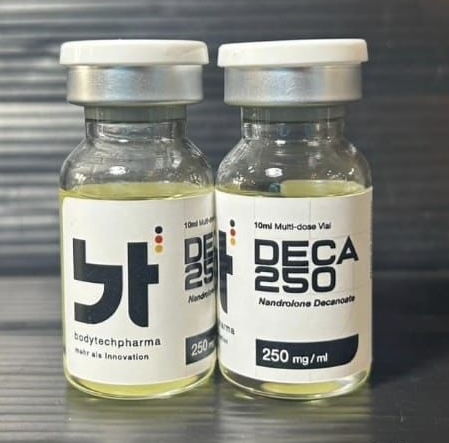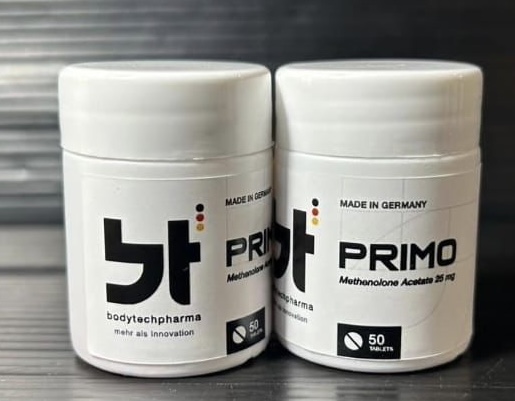
Low testosterone - what are the symptoms?
Suppressed testosterone can lead to many adverse health effects. Testosterone is the nucleoprotein responsible for developing male physical features, such as body fat and body hair. The human hypothalamus and the pea-sized pituitary gland affect testosterone production in men.
Testosterone production generally peaks in their early to mid-20s and declines as they age. Low testosterone may occur once the body does not produce enough of the hormone or cannot efficiently use the testosterone it makes. Symptoms may include:
- Decreased sex drive
- Erectile dysfunction
- Decreased energy levels
- Fatigue
- Depression
- Weight gain/loss
- Lack of motivation
- Trouble sleeping
- Increased irritability
- Inability to concentrate
- Memory problems
- Mood swings
- Anxiety
- Reduced ability to perform physical tasks
- Lowered self-esteem
- Poor skin quality
- Thinning hair
- Slowed healing from injuries
While the cause of low T is not always clear, treatments can help improve symptoms. If you are experiencing any of the symptoms of low T, it is vital to see a doctor determine if you have the condition and discuss treatment options.
Causes of low testosterone
Several factors are causing low testosterone, including age, obesity, and genetic disorders. While low testosterone can be frustrating and lead to many health problems, there are treatments available that can help restore your levels to normal. This guide will provide an overview of some of the causes of low testosterone and the treatments known. Low testosterone (low T) is one of those conditions that many people don't talk about because they think it doesn't affect them or their partner. But for some guys, this problem may impact how they feel physically, emotionally, and mentally.
What causes low testosterone
The CDC, Centers for Disease Control and Prevention, estimates that 4 to 5 million men suffer from low testosterone. Testosterone is the hormone responsible for masculine traits such as muscle mass, bone density, and body hair. While low testosterone can affect any man at any age, it becomes more common in older men. There are several causes for low testosterone, including medical conditions, injuries, and lifestyle choices. Some medications used by elderly patients can cause symptoms similar to those seen with hypogonadism, so doctors should be aware of these potential side effects when prescribing medication for an aging patient. In addition, certain diseases and surgeries can result in lower than average testosterone production. Some more common causes are:
- Age
- Lack of sleep
- Lack of exercise
- Poor diet
- Obesity
- Alcohol consumption
- Smoking
- Stress
How to increase low testosterone
Testosterone is one of the hormones that the body produces in your testicles, and it is responsible for the development of male characteristics. Testosterone levels peak between early adulthood and middle age, then gradually decline. Low testosterone, also known as hypogonadism, is a condition that occurs when testosterone levels fall below normal. Treatment for low testosterone usually involves lifestyle changes and hormone replacement therapy. There are many kinds of treatments for low testosterone, including:
Hormone therapy - TRT
As part of a proper assessment of low testosterone levels, hormone treatments are crucial to the process. TRT is a standard treatment for low levels of testosterone, and it can improve the lives of those it affects.
Testosterone is the hormone that helps maintain muscle mass, bone density, and sex drive. When levels are low, men may experience a decrease in energy, a decline in muscle mass, and an increase in body fat. Testosterone replacement therapy can help restore energy, increase muscle mass, and improve sexual function. The most common form of TRT is injectable testosterone enanthate or cypionate. Injections are given once per week at 50–100 mg/week doses, depending on individual needs. Oral forms are available that provide similar benefits but have fewer side effects than injections.
Diet and exercise
Many men are starting to experience a gradual drop in their testosterone levels throughout middle age and beyond, resulting in several health issues, such as weight gain, loss of muscle mass, and anxiety. Fortunately, you can implement actions to counteract the effects of low testosterone. Diet and exercise are two critical components of a healthy lifestyle for men with low testosterone. Here are some tips for incorporating diet and exercise into your routine:
- Eat more protein-rich foods such as fish, lean meat, eggs, poultry, beans, nuts, seeds, soy products, tofu, whole grains, fruits, vegetables, and dairy products.
- Avoid saturated fats, trans fat, cholesterol, refined sugar, alcohol, caffeine, artificial sweeteners, preservatives, and sodium.
- Get plenty of sleep by avoiding stressors that interfere with restful sleep.
- Exercise regularly to promote muscle growth and endurance while building strength and stamina.
Lifestyle changes
The diagnosis of low testosterone is becoming more common in men as awareness of the condition and its symptoms grow. While testosterone replacement therapy is available, many men are looking for ways to increase their testosterone levels naturally. Men can make many lifestyle changes to help boost testosterone levels. Diet, exercise, and stress management are essential factors in keeping testosterone levels in check. These three areas will also affect your overall health and well-being.
As seen in this article, various treatment options are available, so it is vital to work with a doctor to find the best option for each individual.
Conclusion
One in four men over the age of 30 suffers from low testosterone levels, leading to a wide variety of health problems. Low testosterone levels are associated with loss of muscle mass, increased body fat, loss of libido, erectile dysfunction, and decreased energy. Therefore, you must get tested if you think you may be suffering from low testosterone. The first step in treating low testosterone is to determine whether or not it exists, and a blood test can do this for you. The second step will be to see your doctor about the cause of the problem if no other factors are present. You don't want to live life feeling like you have no control or power over your destiny!





